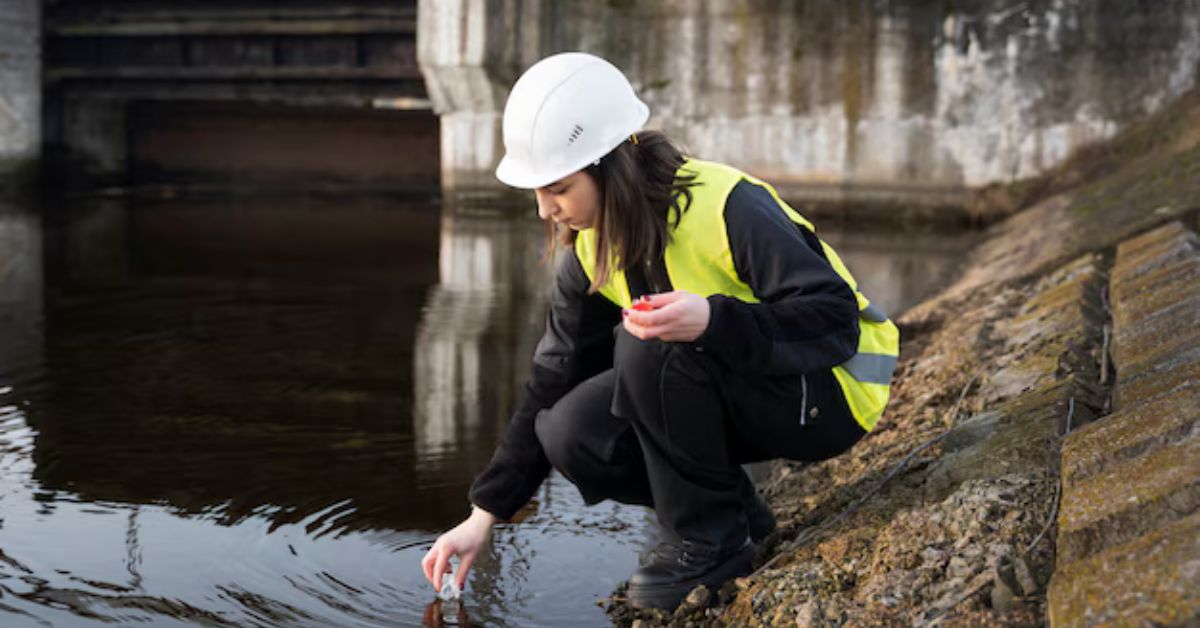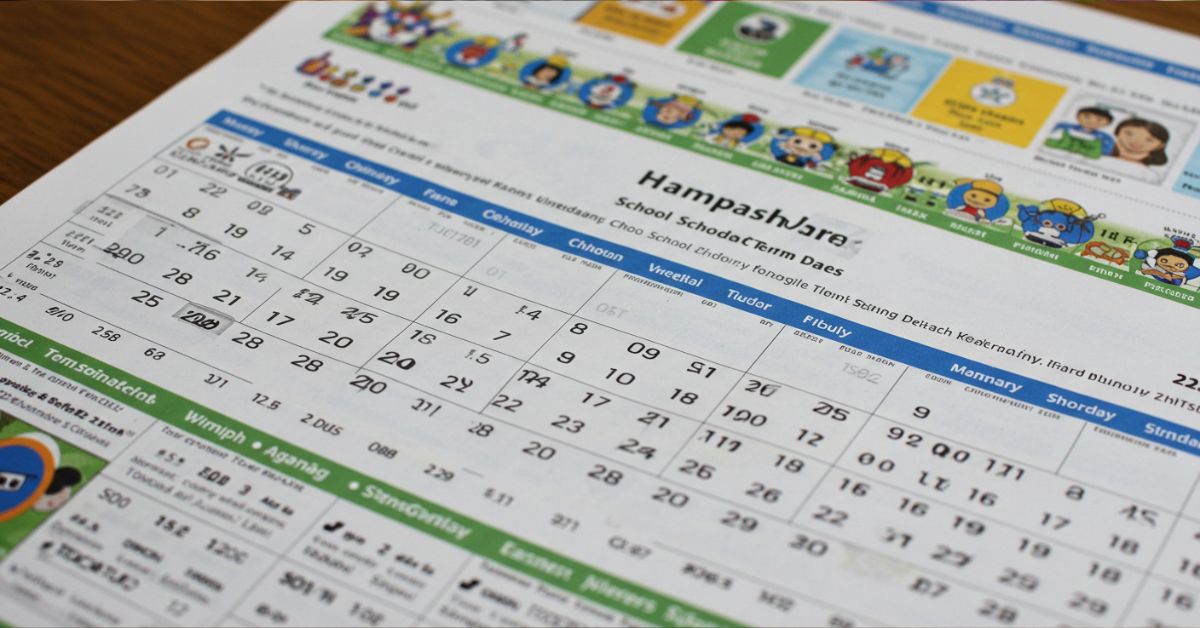Water management is a critical aspect of both rural and urban landscapes. Whether it’s preventing flooding, managing water runoff, or ensuring proper irrigation, the infrastructure that supports these functions must be effective and efficient. One such essential infrastructure is the internal drainage board. In this article, we’ll explore the purpose, function, and importance of internal drainage boards, how they help in maintaining water systems, and why they’re crucial in modern land and water management.
What is an Internal Drainage Board?
An internal drainage board (IDB) is a type of authority or organization responsible for managing water drainage and flood protection within a specific region. Their primary goal is to control and manage the water level in drainage systems, preventing flooding and waterlogging. These boards are typically found in areas that are low-lying or prone to heavy rainfall, such as agricultural lands, urban developments, or floodplains.
An IDB operates within a designated geographic area and ensures that the water infrastructure within this area is functioning properly. The responsibilities of an internal drainage board include maintaining ditches, drains, pumping stations, and other water control structures. They work to manage both surface and groundwater, ensuring that excess water is efficiently removed from the land.
How Internal Drainage Boards Work
Internal drainage boards manage water through a variety of systems and methods. These include:
1. Drainage Systems
Internal drainage boards are tasked with maintaining the network of drainage systems in their area. This involves managing open drains, culverts, and underground pipes that channel excess water to larger watercourses or reservoirs. The network ensures that rainfall or melting snow is effectively moved away from agricultural fields, roads, and built-up areas, preventing waterlogging.
2. Pumping Stations
In some areas, the water table may be high, or the natural slope may not allow gravity drainage to work effectively. In such cases, pumping stations are used to actively pump water out of the drainage system and into nearby rivers or lakes. The management of these pumping stations is one of the key roles of an internal drainage board.
3. Flood Prevention and Management
Internal drainage boards play a significant role in flood prevention. By controlling the drainage of surface water, they reduce the risk of flooding during periods of heavy rainfall. In areas prone to flash floods or persistent flooding, these boards take proactive measures, such as the installation of flood barriers, culverts, or embankments.
4. Maintenance of Waterways
Routine maintenance is a core responsibility of internal drainage boards. They ensure that all drainage channels and watercourses are free of obstructions that could impede the flow of water. This may involve dredging silt and debris from drains, clearing vegetation, and repairing or replacing damaged infrastructure.
5. Environmental and Agricultural Impact
Efficient water management helps preserve ecosystems and supports agriculture. By preventing waterlogging and maintaining the balance of soil moisture, internal drainage boards ensure that crops are not damaged by excessive water. They also help in managing water for irrigation in areas with scarce rainfall.
Also read this post: Pedro Vaz Paulo Real Estate Investment: Strategies for Success in 2025
Why are Internal Drainage Boards Important?
Internal drainage boards play a vital role in land and water management. Their importance can be broken down into several key areas:
1. Flood Prevention and Control
The primary function of an internal drainage board is to prevent flooding by maintaining effective drainage systems. By managing the water flow and ensuring that excess water is channeled away from vulnerable areas, IDBs reduce the risk of floods that can cause property damage, loss of life, and disruption of daily activities.
2. Supporting Agricultural Activities
In many areas, especially in agricultural regions, controlling water levels is essential for farming. Excess water can drown crops, while insufficient water can lead to drought stress. Internal drainage boards maintain the right balance, helping farmers manage the amount of water available to their crops, which in turn supports food production.
3. Water Quality Management
Managing water quality is another responsibility of internal drainage boards. They help control pollution from agricultural runoff, wastewater, and other sources by managing the flow of water and preventing contaminants from reaching larger bodies of water. By doing so, they protect local ecosystems and ensure that the water remains clean for both humans and wildlife.
4. Preventing Erosion
When water is not properly managed, it can lead to soil erosion, which negatively impacts both the environment and agriculture. By ensuring that excess water is properly drained, internal drainage boards help reduce the risk of erosion, which is particularly important in areas with loose or sandy soils.
5. Improving Infrastructure and Quality of Life
Proper drainage systems not only reduce the risk of floods but also improve the overall quality of life in affected regions. Residents and businesses benefit from better infrastructure, fewer disruptions, and increased land usability. Roads, properties, and local amenities remain more accessible and safe.
The Role of Internal Drainage Boards in the UK
In the UK, internal drainage boards (IDBs) are independent, non-governmental organizations that manage water drainage within specific geographic areas. They work under the oversight of the Environment Agency, which provides guidance and funding to support their activities. IDBs in the UK are typically composed of local landowners, farmers, and other stakeholders who work together to ensure proper drainage and water management.
Structure and Function of UK IDBs:
• Board Membership: Elected or appointed members typically comprise IDBs. Local farmers and landowners, as well as representatives from the Environment Agency, water corporations, and local government agencies, are usually members.
• Drainage Districts: IDBs are responsible for overseeing drainage districts, which may consist of a single farm or a whole area. To guarantee efficient water management, they are in charge of preserving and enhancing the drainage system in their district.
• Income: Drainage rates, which landowners and occupiers pay according to the area of land they own and the advantages they derive from the drainage system, are the main source of income for IDBs. This aids in paying for administrative expenditures, infrastructure upgrades, and maintenance costs.
Challenges Faced by Internal Drainage Boards
Despite the critical role they play, internal drainage boards face a range of challenges in their work. Some of the key challenges include:
1. Climate Change and Extreme Weather Events
Changing weather patterns, including more intense rainfall and rising sea levels, are increasing the demand on internal drainage boards to manage water effectively. Flooding risks are higher, and drainage systems need to be adapted to cope with more frequent and severe weather events.
2. Aging Infrastructure
In some areas, the infrastructure managed by internal drainage boards is old and in need of repair or replacement. Maintaining and upgrading this infrastructure can be costly, especially in rural areas where funding is limited.
3. Balancing Environmental Concerns
There is growing pressure to balance water management with environmental protection. Internal drainage boards must manage water levels while ensuring that ecosystems, such as wetlands and wildlife habitats, are not negatively impacted by drainage activities.
4. Funding and Resources
Many IDBs face budget constraints, and securing adequate funding to maintain and upgrade drainage infrastructure can be a challenge. As climate change leads to more frequent flooding, the need for increased investment in flood protection and drainage infrastructure will only grow.
Comparison of Internal Drainage Boards with Other Water Management Authorities
To better understand the function of internal drainage boards, it’s helpful to compare them to other water management authorities.
| Feature | Internal Drainage Board (IDB) | Flood Protection Authorities | Environmental Agencies | Water Utility Companies |
| Primary Role | Manage internal water drainage and prevent flooding | Focus on flood risk management and emergency response | Ensure water quality and environmental protection | Provide clean water and sewage services |
| Scope of Responsibility | Localized water management in drainage districts | Regional or national flood management | Nationwide environmental protection | Nationwide water supply and wastewater treatment |
| Funding Source | Local drainage rates from landowners and occupiers | Government funding and grants | Government funding and environmental grants | Customer bills, government subsidies |
| Key Functions | Drainage maintenance, water management, flood prevention | Flood risk assessment, flood defences, emergency response | Pollution control, biodiversity preservation, ecosystem management | Water treatment, distribution, and waste treatment |
Conclusion
Internal drainage boards are essential components of modern water management systems. By maintaining drainage infrastructure, preventing floods, and supporting agriculture, they play a vital role in ensuring the functionality of the land and the quality of life for local communities. As the effects of climate change continue to present new challenges, the work of internal drainage boards will become even more crucial to safeguarding our environment and society.
By understanding the purpose and importance of these boards, we can appreciate the vital services they provide in protecting land from flooding, supporting agriculture, and maintaining healthy ecosystems. Whether you’re a landowner, farmer, or resident in an area managed by an IDB, it’s clear that these organizations are integral to effective water management.







